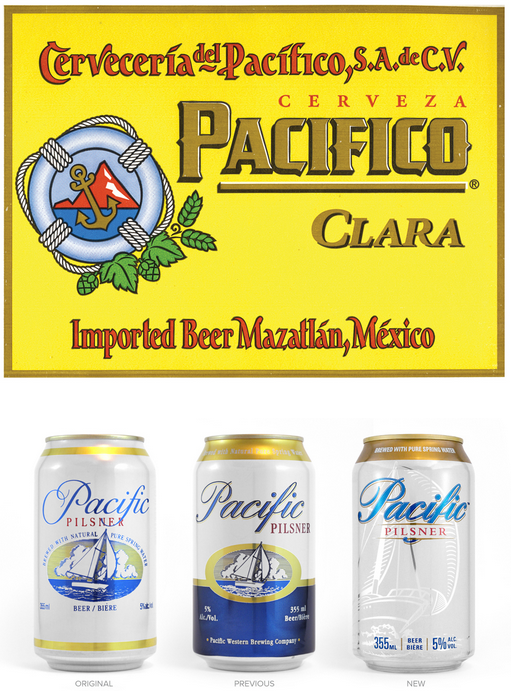At Questions and Observations, Dale Franks writes about the distrust of the traditional “elites” among the non-elites of society:
There’s a growing sense, not only in Great Britain, but in the US as well, that the elites, or the political class, or whatever you’d like to call them, are incompetent and have been leading us astray. And the response from elites is to call those criticisms illegitimate. Those doing the carping are assumed to be racists or nationalists, both of which, of course, are unpleasant, dirty types of people. Both the UK’s Leavers and the US’s Trumpers share some commonalities. Among them are skepticism over free trade and free immigration; concerns that elites dismiss as foolish and uneducated. And, of course racist.
But perhaps the Leavers weren’t so concerned with brown people because they were brown, but because they were concerned at seeing buses being blown up in London, British soldiers being beheaded in broad daylight in the High Street, and dozens of children being raped for years in Rotherham. Perhaps, the British people have come to wonder about immigration because many immigrants seem less interested in becoming British than they are in making Britain more like the Middle East. And, maybe, just maybe, the Leavers prefer to live in Britain, in the free and modern culture that has developed over the last 1,500 years, rather than go back to live in the year 692. Maybe they wouldn’t be any more interested in living in the 13th-century culture of Richard the Lion-Hearted any more than they are in living in the Dark Age culture of Middle Eastern immigrants.
When people come into your country from elsewhere, they don’t do so simply as fungible economic units, but as real people, who bring along cultural and political ideas that may conflict those that are traditional in your country. It is almost at the point where elites cannot even conceive of an argument that implies the superiority of one culture over another, so they dismiss this argument as nationalism and nativism. But, the thing is, a free society that continually imports immigrants who have no interest in individual liberty, religious freedom, and political pluralism, will eventually have none of those things. The problem isn’t race. It’s culture.
National sovereignty means something. At the very least, it means that the people of a country have the absolute right to restrict immigration to the sort of people that will, in their judgement, benefit the country, and, once the immigrants arrive, to force them to assimilate to the country’s national culture more than the country accommodates the culture of the immigrant. No obligation exists, in any sense whatsoever, that requires the people of a country to allow entry to immigrants who desire to transform the country into something different. It is entirely legitimate to reject calls for sharia in the UK, just as it’s entirely legitimate to be upset by seeing political protestors in the US waving Mexican flags or wearing “Make America Mexico Again” hats, explicitly letting us know where their primary political allegiance lies. Nor is it illegitimate to wonder why such people are in this country, and not in the corrupt shithole of a country that they so obviously prefer, yet so oddly fled.




